|
By Jackie Hamilton I have had the chance to talk to a LOT of people about trees. It’s really fun to get to see the variety of feelings out there, from seeing them as immortal beings that would live forever without humans to seeing them as annoying impediments to development or perfect lawns. Most people though, fall somewhere in the middle ground of liking trees enough, but not really noticing them on a day to day basis. I do not fall into this group. To be a person that studies trees means that you will never be alone on the street or in the forest. I see familiar “faces” literally everywhere I go. On the occasion I see a tree I am unfamiliar with I stop to identify it (sometimes in the middle of a busy sidewalk – no shame). One of the (many) beauties of identifying trees is that you can take all the time you need, they aren’t going anywhere. There have been a couple trees that I was unsure of and had to re-visit in different seasons and bring fellow arborists to confer with. The downside of being someone that is interested in trees is you also see a lot of stress and mismanagement in our urban centres. Compared to us, trees are giant and ancient beings. It’s hard for people to understand but trees live in entirely different timescales than we do. Injuries and ailments like poor planting practices or root damage often take years to show in trees, at which point it’s often too late. It’s not initially clear that planting a tree in a 3 ft by 3 ft area surrounded by hard surfaces is a bad idea, but when you see those trees 3-5 years down the line they are often on death’s door. There is a lot of innovation that makes me excited about the future of trees in cities, including engineered soil beds and underground utilities. The movement toward these techniques is going to be gradual but so worth it for the long-term viability of our urban forests. One of the best things we can do for our urban forest is to plan for as much biodiversity as possible. A biodiverse tree population is not only going to be able to support a high diversity of all other living things, but it is also a smart management move. With climate change and new introduced species, we really don’t know what tree species will be in our cities in 50-100 years, but we can be certain that by planting and maintaining a diversity of species we are reducing our losses.
3 Comments
By Raechel Bonomo Growing up, I hated my hair colour. I was teased relentlessly, often wishing I was more like my light-haired classmates and the kids lucky enough to be born brunettes. My mother would tell me how fortunate I was to be different, but as a kid the last thing you want is to stand out from the crowd. As soon as I entered high school, I hit the salon, dying my hair dark and as far away from my natural red as possible. There was nothing I wanted more than to be like everyone else, until I realized (as my mother predicted) that being a redhead was my birthright — one that I eventually swam back to. According to studies, redheads are a dwindling breed, and we might have climate change to blame for it. But we’re not the only ginger species fearing extinction due, in part, to a warming environment. Copper redhorse is a freshwater fish that lives in shallow grass-beds in the St. Lawrence River. Unlike red-haired humans around the world, and with the highest concentration found in Scotland and Ireland, the copper redhorse is endemic to Canada and found nowhere else on the planet. The species’ population size is uncertain, but scientists estimate that only a few hundred individuals remain in Canadian waters. The Committee on the Status of Endangered Wildlife in Canada, the IUCN Red List and the Species at Risk Act list copper redhorse as endangered. The fish is vulnerable to habitat fragmentation and loss, pollution and invasive species. The species also tends to spawn later in the season, making its newly hatched young susceptible to lower water levels. Studies carried out since the early 1990s show that the copper redhorse's natural reproduction cycle is often disrupted due to pollution from agricultural and urban runoff. The copper redhorse is the largest sub-species of redhorse in Quebec and it also lives the longest, averaging around 30 years of age in the wild. This resilient copper fish also has quite the bite. It feeds mainly on snails and has robust teeth to chomp through the shells of its prey. Much like my mother, organizations and governments see the value in protecting redheaded species. The Nature Conservancy of Canada (NCC) works to protect habitat for this species by conserving the islands and surrounding waters it is known to inhabit. NCC also protects 15 kilometres of riverbed in the Richelieu River and Île Jeannotte and Île aux Cerfs archipelago, which together equal more than 70 acres (30 hectares) of important habitat for young copper redhorse. NCC actively works with the Ministry of Sustainable Development, Environment and Parks in Quebec to keep this species safe. To remedy the habitat loss, NCC launched a campaign in 2006 to naturalize the riverbanks along the Richelieu River. The campaign, which involves numerous stewardship projects to keep waters clean for the species, still runs strong to this day. It’s time to see the value of redheads, both those walking on land and those swimming in water. I’ve finally come into my own as a redhead and wear the ginger title proudly. I stand united with this copper fish as a redhead and a conservationist, forming a bond with this species no bottle of dye could ever conceal. This blog was also posted on the Nature Conservancy of Canada's Land Lines blog
By Rhiannon Moore By the year 2050, it is expected that there will be more plastic in the ocean than fish. This prediction made by scientists, is something I always come back to throughout my work as an environmental professional. The ocean covers 70% of our planet, and somehow, we have produced so much plastic that we have allowed it infiltrate every ecosystem on earth. We are finding microplastics, along beaches, in fragile estuaries, at the bottom on the ocean, and even frozen in arctic sea ice. Whales, fish and seabirdsea birds are found dead with their stomachs full of plastic. Within our ocean gyres, plastic has been found to out-number sea life 6 to 1. How have we let it get to this point? These sobering statistics, and through what I have seen in my own work along the Great Lakes, is why I challenged myself to go plastic-free for one month to see if it was really possible to live without plastic. Below are ten things I learned and experienced when going plastic-free. 1. It was easier than I expected When I first told friends and family that I was going to try to go an entire month without buying anything plastic, nearly everyone thought it was going to be impossible. What surprised me about going plastic-free for a month is that once you get in the habit the whole lifestyle, it’s pretty easy to accomplish without too much inconvenience! There is an alternative for everything, it’s just a matter of seeking out the alternative products that can be tricky. With any lifestyle change such as this, there were easy parts and hard parts. The easy parts I found were in the shower—switching to bar soap, bar shampoo and yes even bar conditioner was a piece of cake. (See below for a list of my favourite plastic-free hygiene products!) 2. But… I did struggle in the grocery store. Most of my challenges existed within the grocery store. So much of our food these days is packaged excessively. I found myself going to the grocery store to pick up several items, only to leave with a head of broccoli in my paper bag. The key to having a plastic-free grocery shop is being prepared. Always have a re-usable bag in your car, stashed in your purse or backpack or at work. Instead of plastic produce bags, I used paper bags (or just let the heartier fruits and veggies roll around uncontained in my cart!) 3. I felt happier Going on my “plastic fast” had a number of unexpected outcomes. Once I stopped buying things I didn’t need, only to toss and sit in a landfill for eons, I felt like a weight was lifted off my shoulders. I felt happier and less stressed, and most importantly, grateful for all the necessities that I did have. Once you start going “back to basics” you end up appreciating the simple things in life. When you eliminate useless items, your life becomes less about stuff and more about… well, life! 4. I inspired others to make a difference Another benefit of going plastic free and sharing it over social media was the reaction from individuals. It was so uplifting to hear that my endeavour had inspired others to make simple switches and think more carefully about their purchases. 5. I met new people Finding alternative products and doing things differently attracts interest from other people. You end up asking strangers or store owners questions, and vice versa. “Do you carry this product? I am going plastic-free.” can lead to “lets grab a coffee and I’ll tell you all about it!” (ok, maybe that’s a little too keener). I even had people I barely knew offer to pick up items I was running low on from Bulk Barn! 6. I embraced the “haters” Going “plastic-free” sounds a little radical to some people. I had names thrown at me over social media, and strange looks from people in the grocery store. But those empty words and judgement was always silenced by those cheering me on. Most of the time, when people criticize you, it has nothing to do with you anyway. I learned to move past the judgements and educate others if they were willing to listen. 7. I ate healthier Most processed and unhealthy foods come in plastic packaging. When you eliminate packaged items from your grocery list, you end up replacing them with healthy and fresh whole foods. Instead of chips and dip as snack food, I would have apples and peanut butter. Instead of salty crackers or sugar-packed granola bars, I would have roasted nuts or homemade granola. 8. I saved money I ended up spending less money on groceries ($150 less to be exact!) and wasted less food because I was being more mindful of what I was purchasing. I used up what was in the fridge, and didn’t let cravings in the grocery store lead me to buy things I didn’t need. If I felt the urge to buy something, I would ask myself if I really needed it or if I could make do with that I already had. 9. I started thinking “big picture” We live in such a throw-away society. Everything seems like it isn’t built to last anymore, and everything seems so short-term--including our personal outlook. As millennials, I think we really need to start thinking about what type of legacy we want to leave. I don’t want my legacy to be a pile of trash that outlives me, my children and my grandchildren. Going plastic-free was so much more than the simple act of saying no to plastic. It did open my eyes to the waste-management challenges we face in society and how dependent we are on plastic. More importantly however, it made me feel hopeful. Finding companies that are trying to make a difference, and feeling like I was making a difference myself, made it an up-lifting experiment that I continue to live by throughout the year. 10. It leads to greater things Challenging yourself brings confidence, and confidence makes you do unique things! I looked into initiatives I could get involved with to turn my passion into action, and came across an organization called “eXXpedition”. After submitting some information about my work to them, I was asked to join a crew of all female change-makers to sail in the Atlantic and collect data on microplastics in the Caribbean Sea this year. I am excited to connect with like-minded women who are hungry for change like I am, and continue sharing my experiences to raise awareness to protect our water, wildlife, and communities. Rhiannon’s plastic- free bathroom: • Lush shampoo bar, Honey I Washed My Hair • Lush conditioner bar, Sugar Daddy-O • Locally made bar soap • Homemade tooth paste • Homemade beauty balm (facial moisturizer, can be used for dry skin on other parts of body) • WoWe bamboo and metal razor • 7th generation tampons (Important: even if your applicators are cardboard, most companies still make the tampon itself out of a mix or rayon, polypropylene and polyester—check the ingredients before you buy). • Homemade deodorant (works better than other natural brands) • Wood comb/brush • Bamboo toothbrush • Tiger Balm for headaches and stiffness • Makeup- Elate cosmetics has minimal packaging, good for you ingredients, and is based in Victoria BC Rhiannon’s plastic-free kitchen: • Steel scrubber • Dr. Bronner’s “magic soap” bar: Can be grated and added to water in a re-usable spray bottle for everyday cleaning of surfaces • Washable Dish cloth • 100% cotton tea towels • Glass Tupperware set • Beeswax food wraps • Wooden cutting board • Steel or wooden spatulas Rhiannon’s favourite plastic-free food items: • Chickpea rotini from Bulk Barn.. or basically anything from bulk barn! • Powdered coconut milk • Riviera petit pot yogurt (comes in glass jars which I re-use for my homemade beauty products, and as candle holders) • Oka or Edam cheese, both can be wrapped in wax or paper • President’s choice garlic stuffed olives • Heinz chili sauce (ketchup replacement—so good!) Another favourite item of mine is my Steel Swell water bottle, which can be used as a thermos as well. It is my favourite “plastic-free” gift for friends and family. They all love it!
|
ELB MembersBlogs are written by ELB members who want to share their stories about Ontario's biodiversity. Archives
January 2023
Categories
All
|

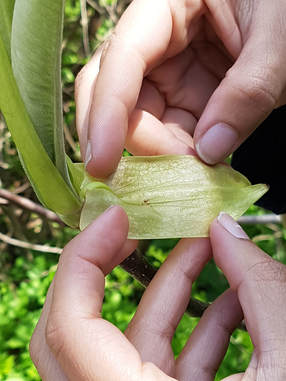
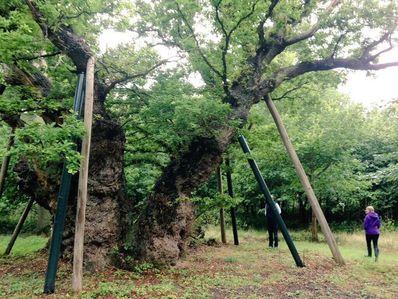
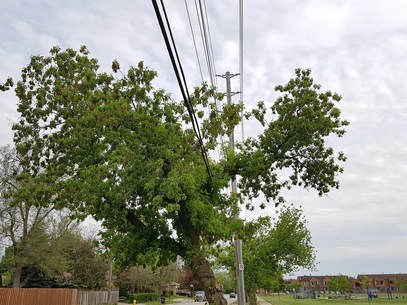
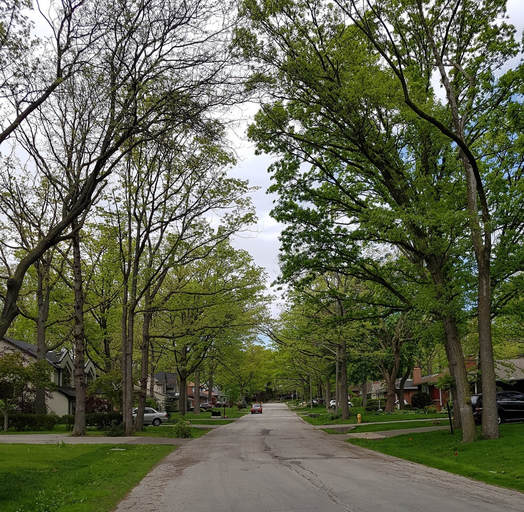
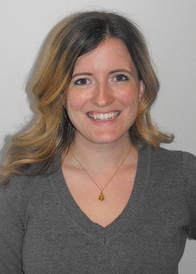
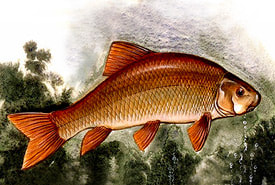
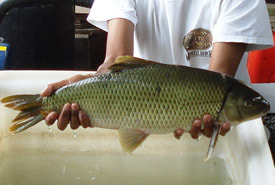
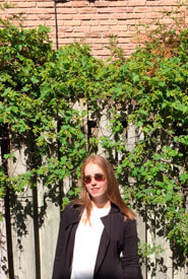
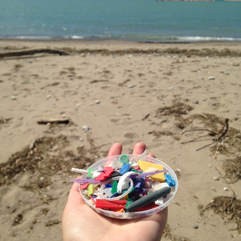
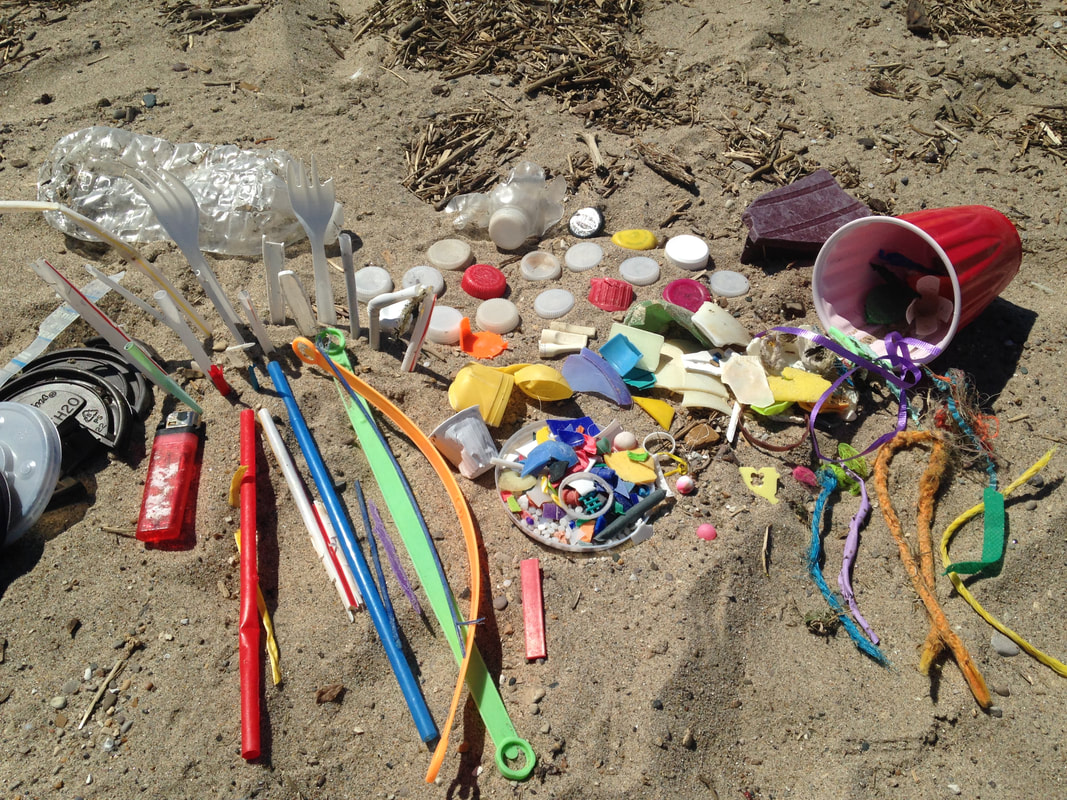
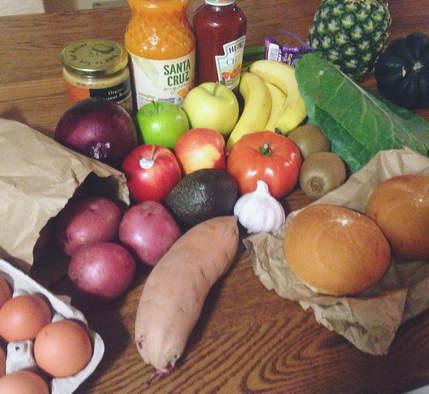
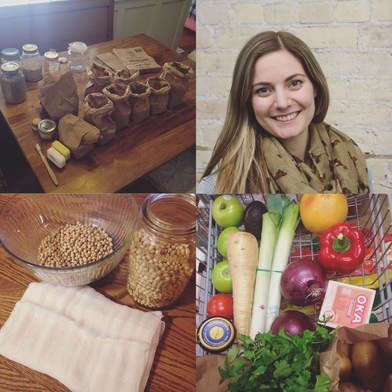
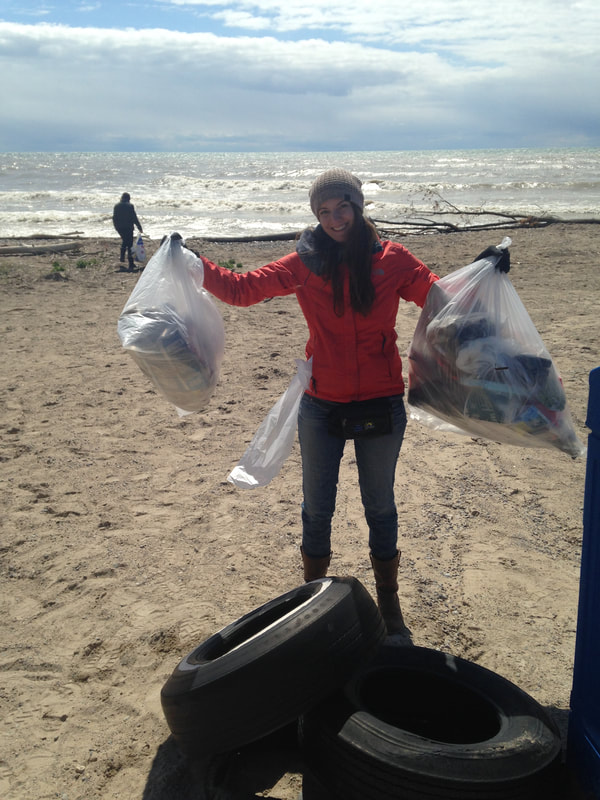
 RSS Feed
RSS Feed